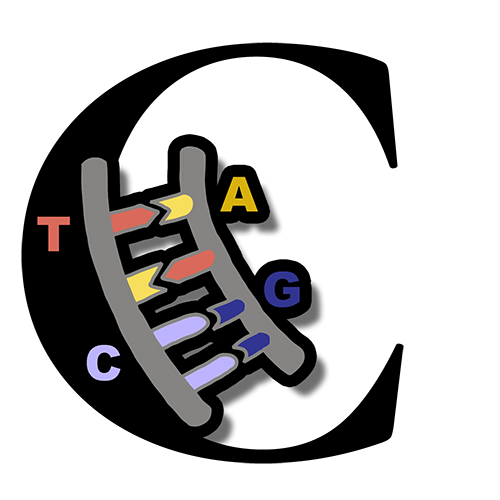What is CRISPR and how does it work?
CRISPR stands for Clustered Regularly Interspaced Short Palindromic Repeats. These are segments of DNA that are found in bacteria and archaea, which are simple single-celled microorganisms. CRISPR segments act as a defense system against viruses that infect these microbes. They store copies of the viral DNA sequences, which can be used to recognize and destroy the invaders in future attacks.
To do this, bacteria and archaea use CRISPR-associated proteins, or Cas proteins, which are enzymes that can cut DNA. One of the most widely used Cas proteins is Cas9. Cas9 works together with a guide RNA molecule, which is a molecular cousin to DNA. The guide RNA matches the target DNA sequence that needs to be edited. When Cas9 and the guide RNA find the target DNA, Cas9 cuts both strands of the DNA at a specific location.
After cutting the DNA, the cell can either repair the break by joining the two ends back together, or insert a new piece of DNA into the gap. This new piece of DNA can be provided by the researchers who want to edit the gene. By doing this, they can delete, modify or add new genetic information to the cell.

